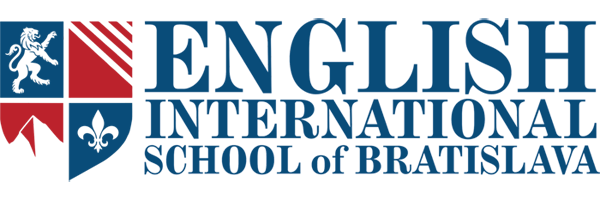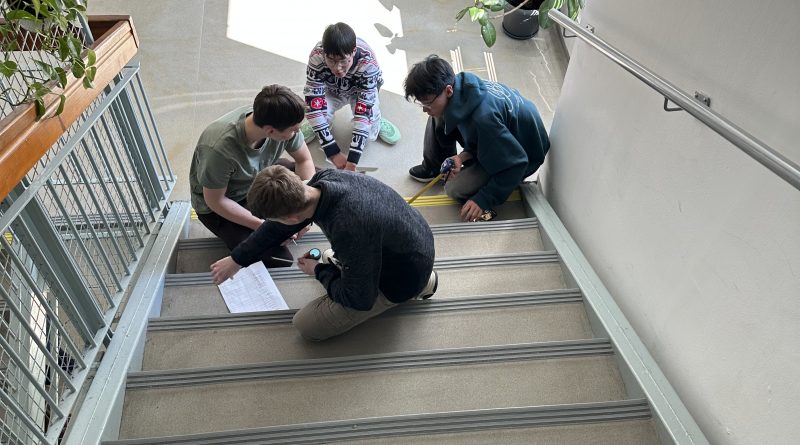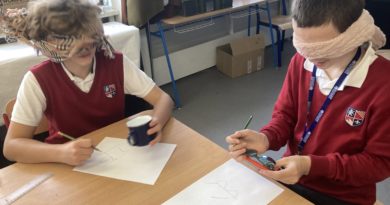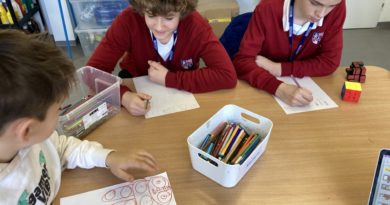Learning by Doing: Year 10 & 11 Explore Power in Action
Last Friday, our Year 10 and 11 students turned their physics lesson into a hands-on experiment, transforming an ordinary staircase into a real-life laboratory. Instead of just discussing formulas and theories, they took on the challenge of calculating their own power while climbing the stairs, making the concept of energy, work, and power come alive in a way that formulas on a page never could.

The experiment was simple but eye-opening. Each student measured their weight, timed themselves as they climbed a set of stairs, and then used their data to calculate how much power they generated. Some sprinted up, testing their maximum output, while others took a more measured approach, all of them quickly realizing how much physics is involved in something as routine as walking upstairs. Laughter, competition, and curiosity filled the air as students compared their results, questioned why some values were higher or lower, and reflected on how power relates to daily activities—like why running up the stairs leaves them more breathless than walking.
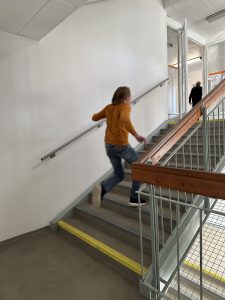
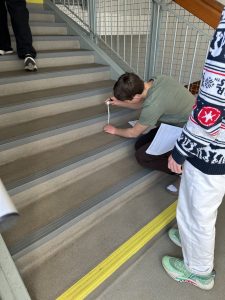
What made this lab special was not just the calculations but the way it got students actively involved in learning. They weren’t just memorizing equations; they were experiencing the real-world application of physics firsthand. Moments like these remind us why hands-on learning is so powerful—it sparks curiosity, deepens understanding, and makes abstract concepts feel real.
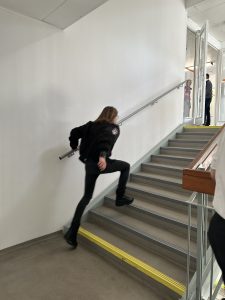
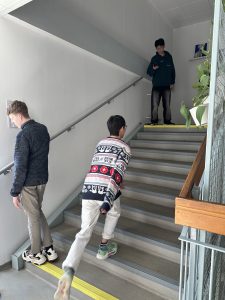
By the end of the lesson, the students walked away (some more tired than others!) with a clearer grasp of power, work, and energy. But more than that, they left with a sense of accomplishment, knowing that they had taken an active role in their own learning. Seeing them so engaged, laughing, questioning, and applying their knowledge in a meaningful way was a proud moment as a teacher. I can’t wait to see where their curiosity takes them next!
